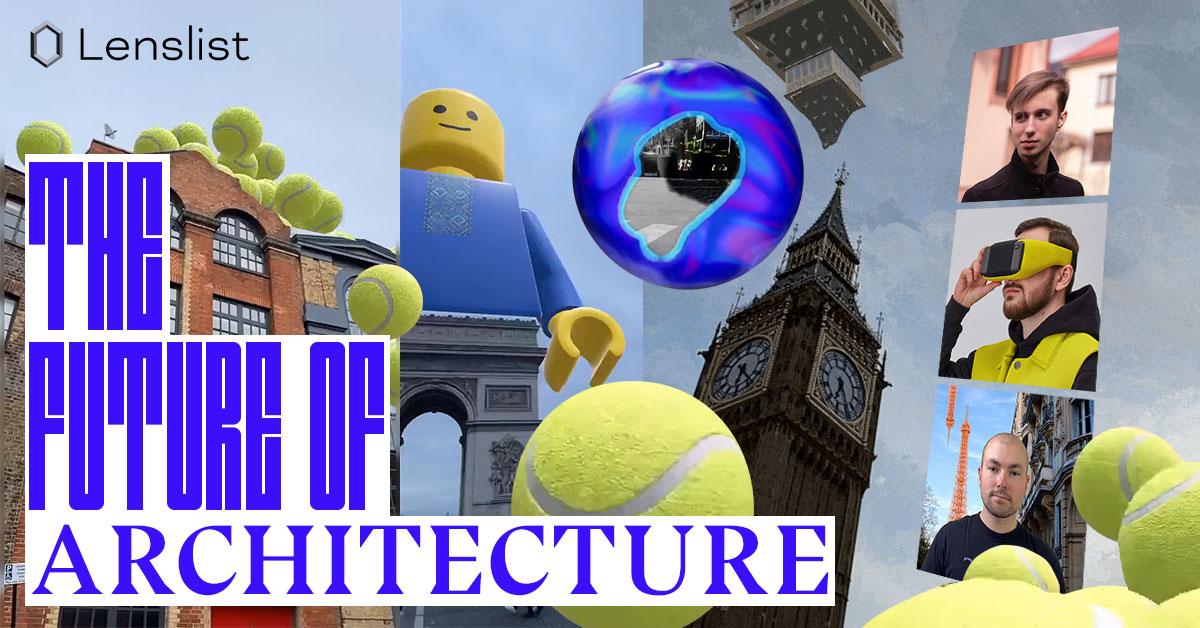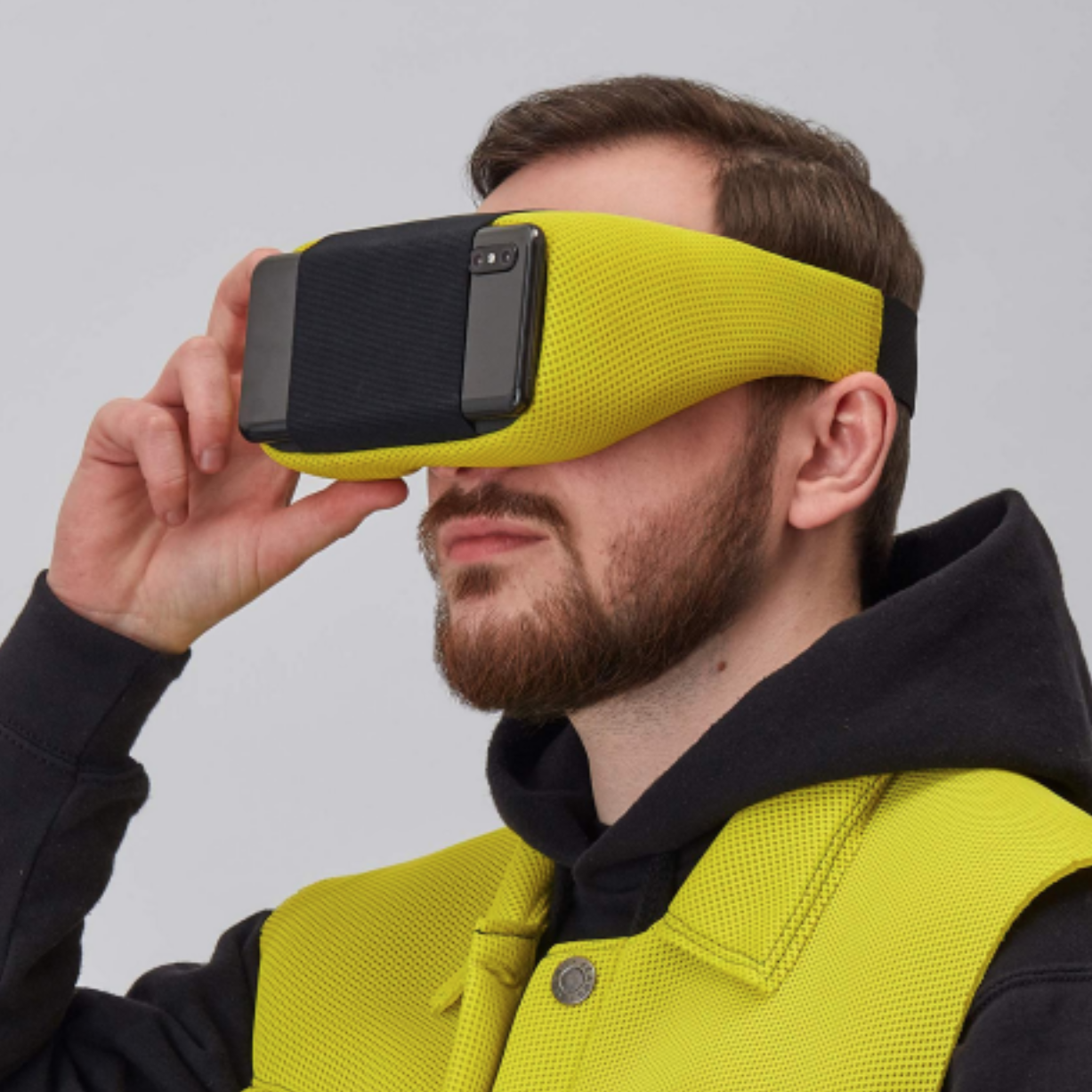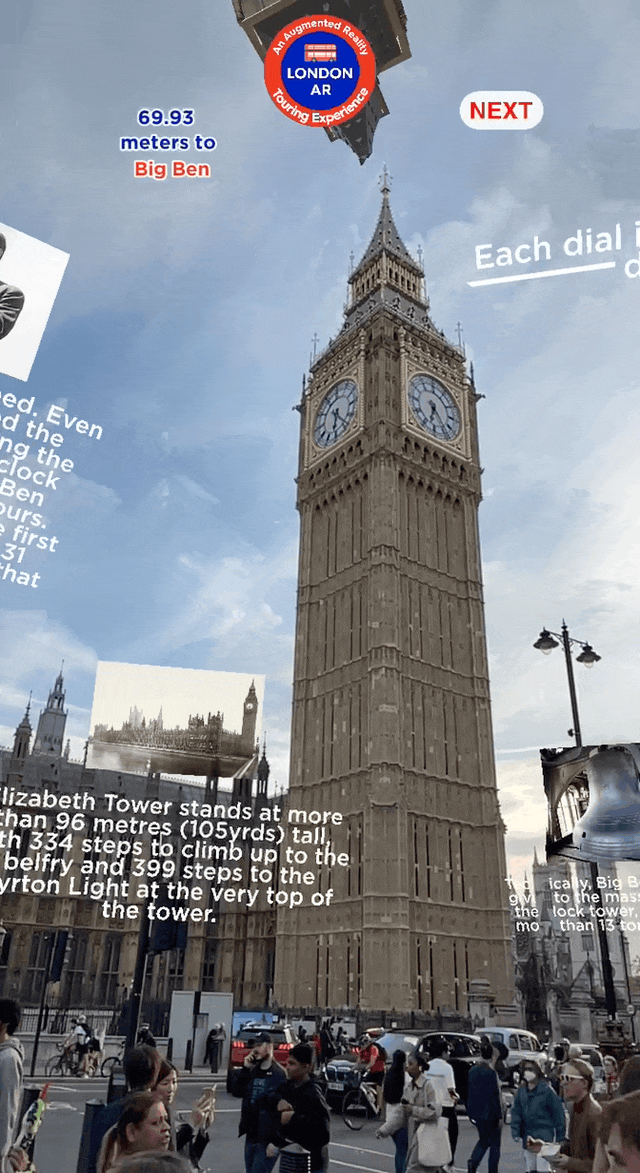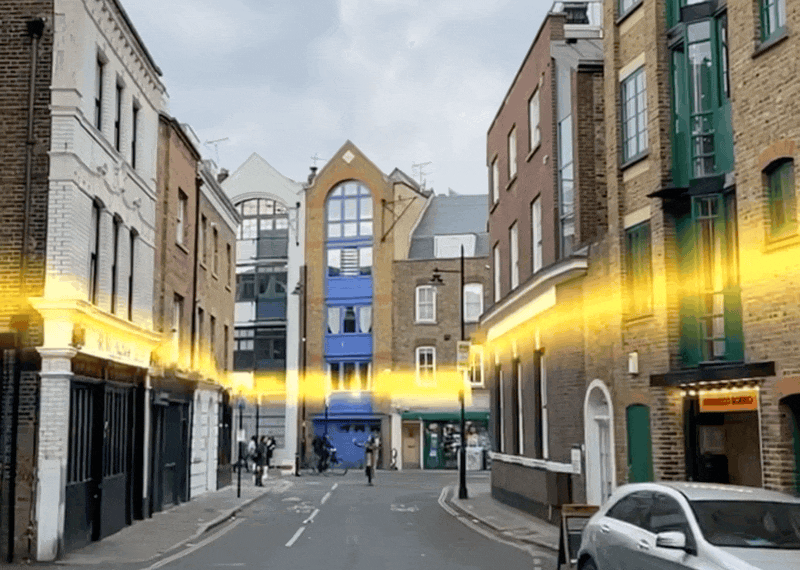The Future of Architecture

While on your travels, you’re likely to find yourself frequently strolling through hidden alleyways in undiscovered places, taking in their extraordinary architecture. 🏛️ With the advent of new technologies, like Augmented Reality, it was inevitable to become interactive with the environment! 🎨 By making the surroundings more intricate and captivating, we immerse ourselves in an infinite digital realm, creating a mesmerizingly layered reality! 🪁
Today, alongside digital specialists Valerii Pidhurskyi, Arthur Bouffard, and Michael Rosa, we delve into the future of architecture! 🗽 Discover the essential roles that AR and VR can play in this fundamental field, the benefits it offers, and ultimately, the exciting possibilities that await us in the not-so-distant future! 💥
What’s your personal experience in connecting XR and architecture? What advantages did technology bring in the process?
 Valerii Pidhurskyi
Valerii Pidhurskyi
So far, I have little experience with AR and real-world architecture interfacing.
The first one is the snapchat lens Legochok, which has become quite popular on my social networks. It is a complementary AR layer with a LEGO man, who uses the real building Arc de Triomphe, in Paris, instead of legs. Once, looking at the Arc de Triomphe, it seemed to me that its shape looked like the legs of a toy LEGO figure. Therefore, after a while, I was able to implement this idea.
The second one is the Falling Tower Snapchat lens, the name of which speaks volumes about what is going on inside. This lens allows the user to destroy the famous Eiffel Tower building with a click on the screen. without damaging it in any way. Most of the time you might have already seen similar graphics in movies, but they are drawn after shooting for days, or even months in post-production, and here you can experience it with your smartphone (just imagine that soon and in AR glasses 🤫).
*This lens doesn’t carry any negative message for this architecture building, I was just testing if I could make a good quality real-time vfx involving the real world.*
by Valerii Pidhurskyi
by Valerii Pidhurskyi
I used Lens Studio to create these lenses because it’s the only one engine for social media that provides options for such projects. In particular Landmarker – this is what is used to track the right place (in my case it is the world-famous buildings).
The main advantage of using AR here is emotion. With the help of AR you can add to the world what is almost impossible to do alive (for various reasons). Thereby causing the user to be at least surprised by how their usual places have become to look like.
Michael Rosa
In recent years, the integration of AR and VR in architecture has brought about significant changes. As an industrial designer with expertise in XR and as an indie developer collaborating with architecture professionals, I have personally witnessed the transformative impact of these technologies. The advantages of connecting XR and architecture are evident, as technology offers enhanced visualization, improved communication, collaboration, and decision-making. It also contributes to efficiency gains, cost reduction, and risk mitigation by enabling virtual exploration, testing, and refinement of designs before construction begins. AR and VR empowers architects and designers to create more innovative and user-centric architectural solutions.
 Arthur Bouffard
Arthur Bouffard
Building XR applications tied to physical locations has been one of my favourite branches of the field. These experiences have mostly been for more utilitarian or artistic aspects, rather than architectural, but still share many traits with the latter. At Gospooky, I’ve worked on a geolocated jewellery facade for Tiffany & Co at the Saatchi Gallery in London, built various City Scale content on Snap AR, and more recently have been experimenting with Google’s Geospatial API.

Being able to display digital content on physical locations at world scale completely changes an experience, and makes it more immersive than ever. Adding that digital layer makes a static structure interactive and shareable. I’ve also used XR to tell the story of different monuments in London, layering not known facts and general information regarding those monuments. The idea was to make tourism more accessible for everyone, combining real locations with digital information.
Do you think that technologies like AR or VR can become practical tools in the architecture industry, or will they be used just to add aesthetic value? How do you think it could help architects and engineers in their work?
 Valerii Pidhurskyi
Valerii Pidhurskyi
AR and VR will definitely become practical tools for most professions in the future, if they haven’t already. 🙂
I think the architecture and engineering industry has been using these technologies in design/manufacturing for a long time, it’s just that these things are more often less talked about than the release of any mass-produced products. They are widely used in design and allow architects and engineers to do their jobs more efficiently.
One of the main benefits of using AR and VR in architecture is the ability to quickly and accurately visualize designs. Architects can create virtual models of buildings and environments and then explore them in three dimensions using AR or VR devices. This makes it easier to visualize what the end result will look like and to make more informed decisions early in the design process.
Just as importantly, how AR and VR help improve communication between architects, engineers and clients. With virtual/augmented reality, clients can literally dive into a project and get a more realistic view of a future building or space. This allows them to more accurately express their preferences and make changes before physical construction begins.
In addition, these visualizations help clients better understand architectural decisions and make informed decisions based on their needs, for example, than from a flat computer monitor.
In today’s reality, virtual reality helmets are quite accessible, and to be able to send a file of their future building to a client to look at anywhere is very convenient.
Another important aspect of using AR and VR in architecture is to improve learning and sharing. Architecture and engineering students can use these technologies to learn more about architectural concepts and space exploration. It is also possible to take virtual tours of famous architectural sites and explore their details and features.
Michael Rosa
AR and VR technologies have already proven to be practical tools in the architecture industry, providing more than just aesthetic value. They have the potential to revolutionize the work of architects and engineers, Its all about the adaptation. AR and VR allow architects to visualize designs in real-world environments, integrate them into landscapes, and address site-specific issues, resulting in greener and more responsive buildings. These technologies facilitate on-site development, streamlining construction processes and reducing communication needs. Moreover, they enhance collaboration and communication among stakeholders by providing a common virtual environment for visualization and interaction, regardless of location. Additionally, AR and VR enable the simulation and analysis of energy performance and environmental impact, hopefully leading to more sustainable and energy-efficient designs.
by futureruhr
by rosamichael.digital
 Arthur Bouffard
Arthur Bouffard
AR & VR could definitely have an impact in the architectural industry when new developments are planned. From an enterprise viewpoint, being able to visualize where different sections of a building will be built, or what the dimensions and positions of objects are, could elevate the ideation process greatly. Engineers could get direct insights based on their location and view the construction process in 3D. In the future, architects and mechanical engineers could simulate buildings with physics spatially to test how resistant their structures are to different parameters such as gravity, age, wind, natural disasters, etc.

From an external perspective, having the greater public interact with future development or redesigns of neighbourhoods is really valuable. Investors could see more concretely what their projects could become, and neighbours could visualize and vote on how their areas would change.
Will technology and its advancements influence architectural trends? For example, a minimalistic design with more space for implementing AR and VR features?
 Valerii Pidhurskyi
Valerii Pidhurskyi
I am sure that in the future we will encounter AR at every step, and it will be difficult to perceive buildings without their AR layers.
Since right now mobile AR is a training/preparation stage before we can all try on good AR glasses, it is hard to imagine the scale of how this could be applied in real life from the perspective of the average user.
But in the end it will change the world and its perception in a big way. It will bring practical improvements as well as visual and emotional ones. It will breathe new life into old architecture without physically changing it, and it will pave a new vector for the architecture of the future.
Also, AR and VR can change the way buildings are organized and functional. For example, using AR technology, flexible spaces can be created that can adapt to the different needs of users. Virtual walls, partitions, or furniture can change and move around depending on current requirements. This opens up new possibilities for creating multi-valued spaces that can be adapted to different functions and tasks.
AR and VR, in addition, can influence the aesthetic aspects of architecture. They allow you to create visual effects, add virtual elements and change the perception of the environment. This could lead to new styles and trends in architecture that take into account the capabilities and features of these technologies.
Michael Rosa
Technology and its advancements will influence architectural trends, offering new possibilities for creativity and innovation. Minimalistic design may continue, but with AR and VR, buildings can be better integrated into their surroundings. They can adapt to the environment, blend with natural elements, and interact with the surrounding world. However, there is a possibility of architecture becoming more of a digital carrier for augmented reality experiences, emphasizing interaction with digital elements or serving as “screens” or placeholder for digital advertising content. It will be up to architects, designers, and society as a whole to determine how to harness these technologies and what direction to take for the future of architecture.
 Arthur Bouffard
Arthur Bouffard
There is a possibility, but hard to know yet. While AR will certainly have an impact on how we interact with our spaces, I doubt it will influence how we design them physically. This of course varies on the kind of building, and its designed use case, but for our homes I do not see it yet materialize. There will possibly be surfaces where we can place content digitally, but those will likely be implemented on the digital side rather than the physical one.

A likely occurrence will be seeing more connected devices (IoT) in our homes, such as smart light bulbs, curtains, and other appliances which will be controllable from AR devices (headsets maybe).
With a future immersed in technology, I also believe the value of handmade, unique or antique physical goods will rise, and become much more desired than they currently are. Of course, time will only tell.
AR and VR technologies have demonstrated their practical utility in the field of architecture, offering benefits beyond mere aesthetics. 🎈 The scope of their application continues to expand, requiring us to stay updated on the latest innovations and novel ways of utilizing AR technologies. 😏 Who knows what else ARchitecture can surprise us with… when its interaction with the digital world already seems to surpass what we can imagine! 🎢
